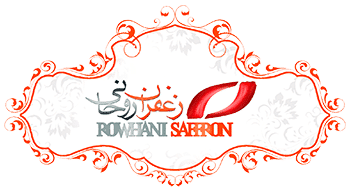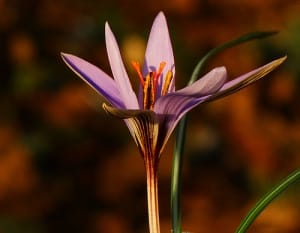Saffron production in Afghanistan is a threat to Iranian saffron
The head of the South Khorasan Agricultural Jihad Organization said: Saffron production, especially saffron exports, including domestic production and export of saffron in bulk and in bags from Iran and packaging in Afghanistan, is a threat to Iranian saffron.
Hashem Valipour Motlagh stated: Low-water forage products including sorghum and millet, products with the possibility of transplanting including cotton, sugar beet, corn and weaving products, drought-resistant cultivars, dehydration and salinity in cereals and canola are among the products that are suitable for water conditions. And the territory of the province.
He continued: the province’s horticultural products such as saffron, barberry, jujube, pomegranate, pistachio and medicinal plants are other products compatible with the climatic conditions of the province.
The head of Jihad Agricultural Organization of South Khorasan also clarified about saffron branding in the province: Saffron brand in Spain is world famous and in Iran and Afghanistan are pursuing brand creation and in our province the Industry, Mining and Trade Organization is in charge of this and for cooperation In branding export products, production forms were completed and sent to the relevant organization in 2016.
Valipour Motlagh on whether farmers undergo periodic medical examinations in health centers according to the type of work and its harms? He said that in units that have an operating license, such as greenhouses, this is done randomly.
Regarding the benefits of mechanization irrigation, he stated: In the agricultural sector, new and pressurized irrigation methods are very desirable in the cities of the province according to field results, and items such as increasing average crop yield, reducing water consumption and increasing water use efficiency and timely supply or sooner. Product to consumer market in weaving products with better prices and conservation of water resources are the positive results of using modern irrigation methods.
The head of the South Khorasan Agricultural Jihad Organization continued: Most of the new irrigation systems in lands with EC (2500) microsiemens electrically conductive lands are easily implemented and have no problems.
Valiapour Motlagh added: Although it is applicable from EC 2500 to 7000, but the maintenance costs of the system are higher and it is necessary to wash the system and pipes or some of them to be replaced.
He pointed out that neighboring countries such as Afghanistan cultivate saffron, adding that saffron production, especially saffron exports, including domestic production and export of saffron in bulk and in bags from Iran and packaging in Afghanistan, is a threat to Iranian saffron.







Get Social